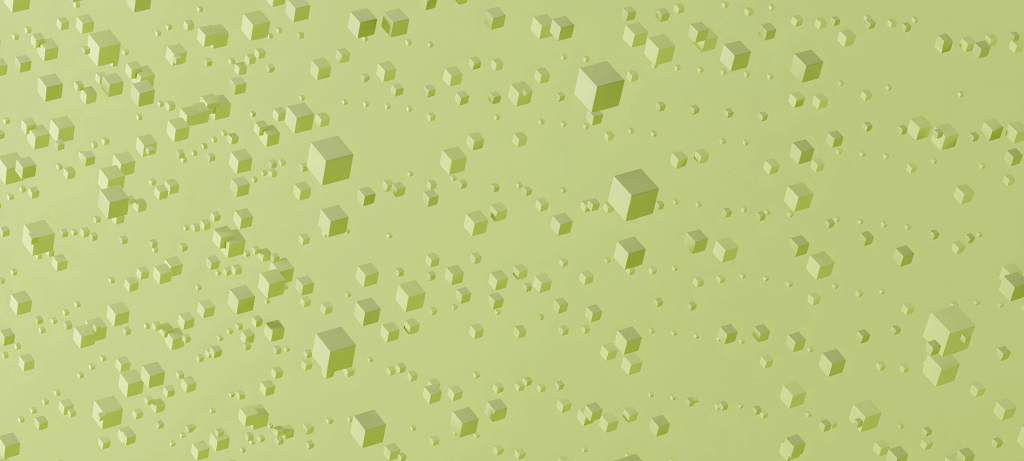Microplastics are not only floating in the oceans – they are also floating in your body. Louise Permiin has used colleagues’ urine as a textile colour to visualise how much microplastic we have in us.
There is plastic in your pee

When you look at the beautiful textiles, it is hard to guess that the different pastel shades in fact express an uncanny truth, namely, how much microplastics the various test subjects have in their body.
Historically, urine has been used to fix colours. Its chemical composition changes according to how much plastic it contains – blue-green colours equal a high proportion, while the yellow ones indicate a lower level.
Louise Permiin’s test subjects all had microplastics in their urine.
Louise Permiin is a qualified designer and uses her profession to visualise and flesh out societal themes that may otherwise be abstract and intangible:
"I build bridges between research and design. My task is to visualise the social aspects so that we can understand our surroundings through tactility. "
For two months, Louise Permiin has been running the WASHED OUT/The Laundry report project in the Material Design Lab at KEA. The project stems from her graduation project Peeing, Processing, Producing, which deals with microplastics analysis through our clothes and laundry.
For example, she analysed how much microplastics you emit every time you wash clothes and what effect it has.
Likewise, she tests whether you get more microplastics in the urine by wearing synthetic clothing versus non-synthetic clothing.
Helle Hauch Fenger is one of the test subjects and, like in all the other test subjects’ urine, there were also traces of microplastics in hers:
"It's been scary. It makes you think. It accumulates in the body, so I also think of my children. At home, it has given rise to conversations about plastics in all sorts of ways. My son is very concerned with the environment. Children should not be afraid, but they can learn to act and do something. "
In June, Louise Permiin published a small book about the project and held an exhibition in the Material Design Lab at KEA.
About the Author


